Lemon Chillies Sales Decline: A Research Report on Marketing and Staff
VerifiedAdded on 2023/06/13
|7
|677
|150
Report
AI Summary
This report investigates the declining sales at Lemon Chillies, attributing the issue to poor marketing strategies and staff-related problems. The analysis reviews literature highlighting the impact of service quality, pricing, and marketing effectiveness on restaurant sales. It identifies a research gap concerning strategies for improving sales and profitability through employee recruitment, loyalty, and internal marketing programs. The conceptual framework links poor marketing and staff issues to decreased profits, emphasizing the need for effective solutions. The report uses a literature review to identify potential causes and suggest future research directions, aiming to provide insights into reversing the sales decline at Lemon Chillies. Desklib provides access to similar reports and solved assignments for students.
1 out of 7

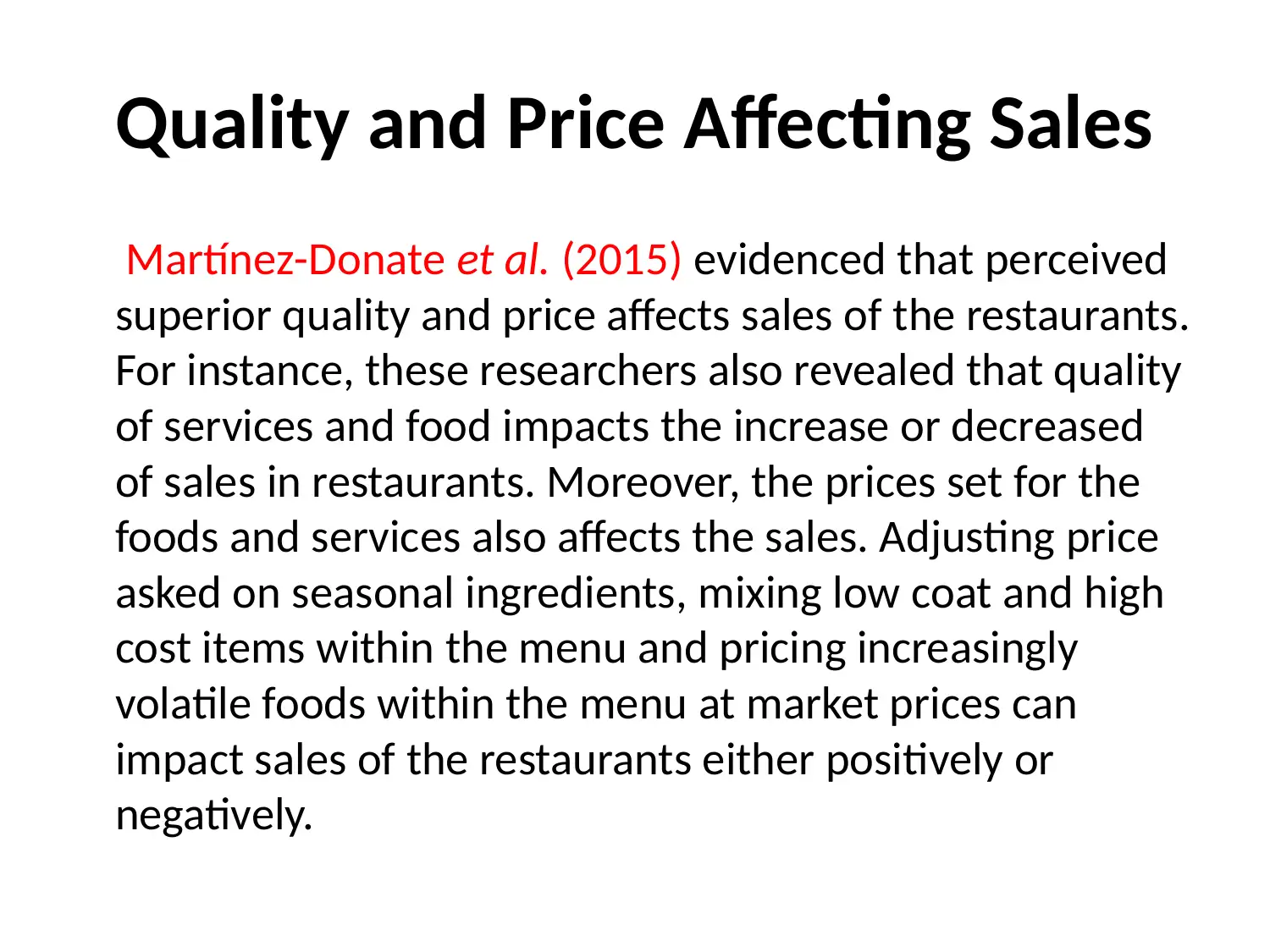
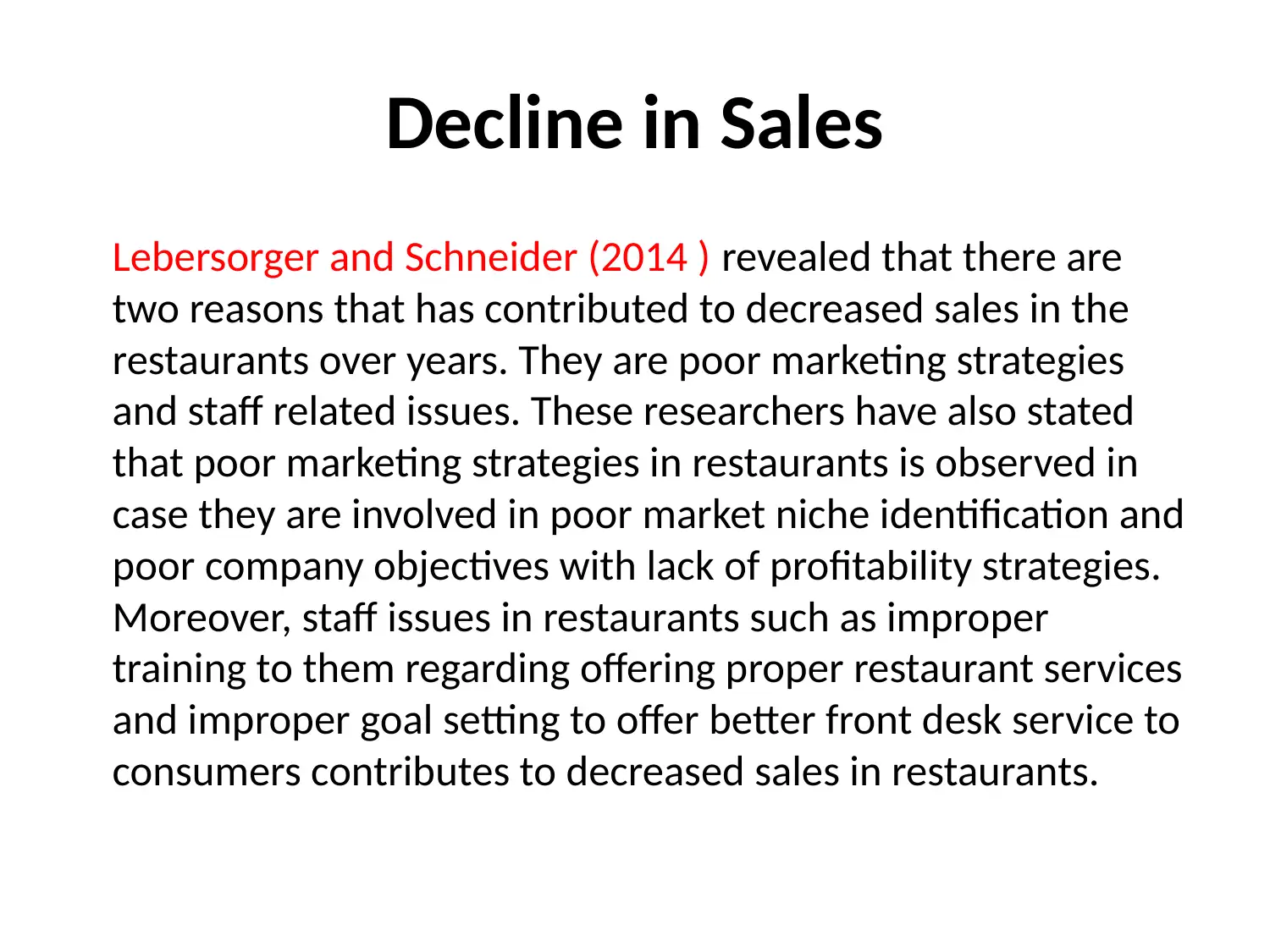

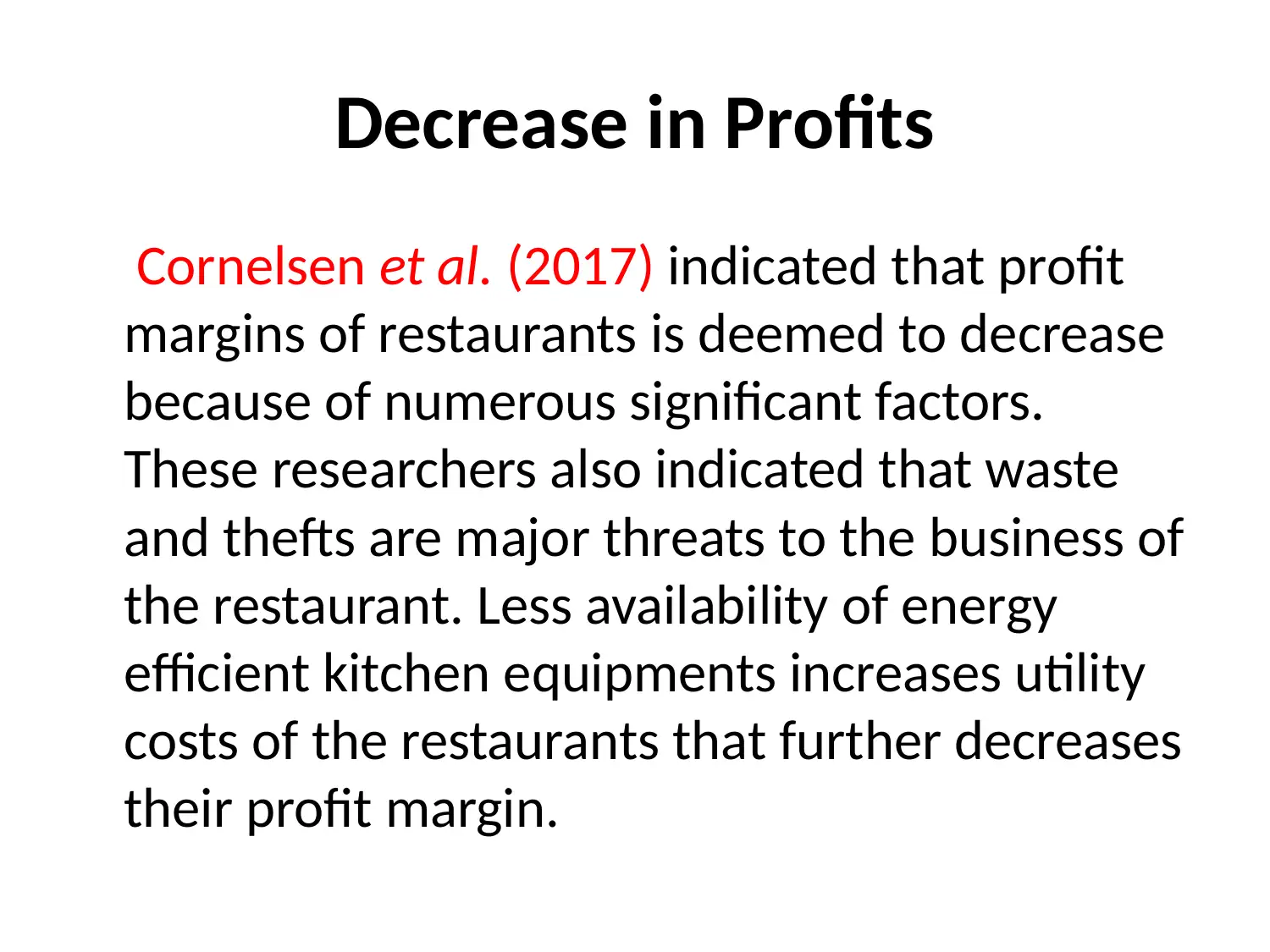
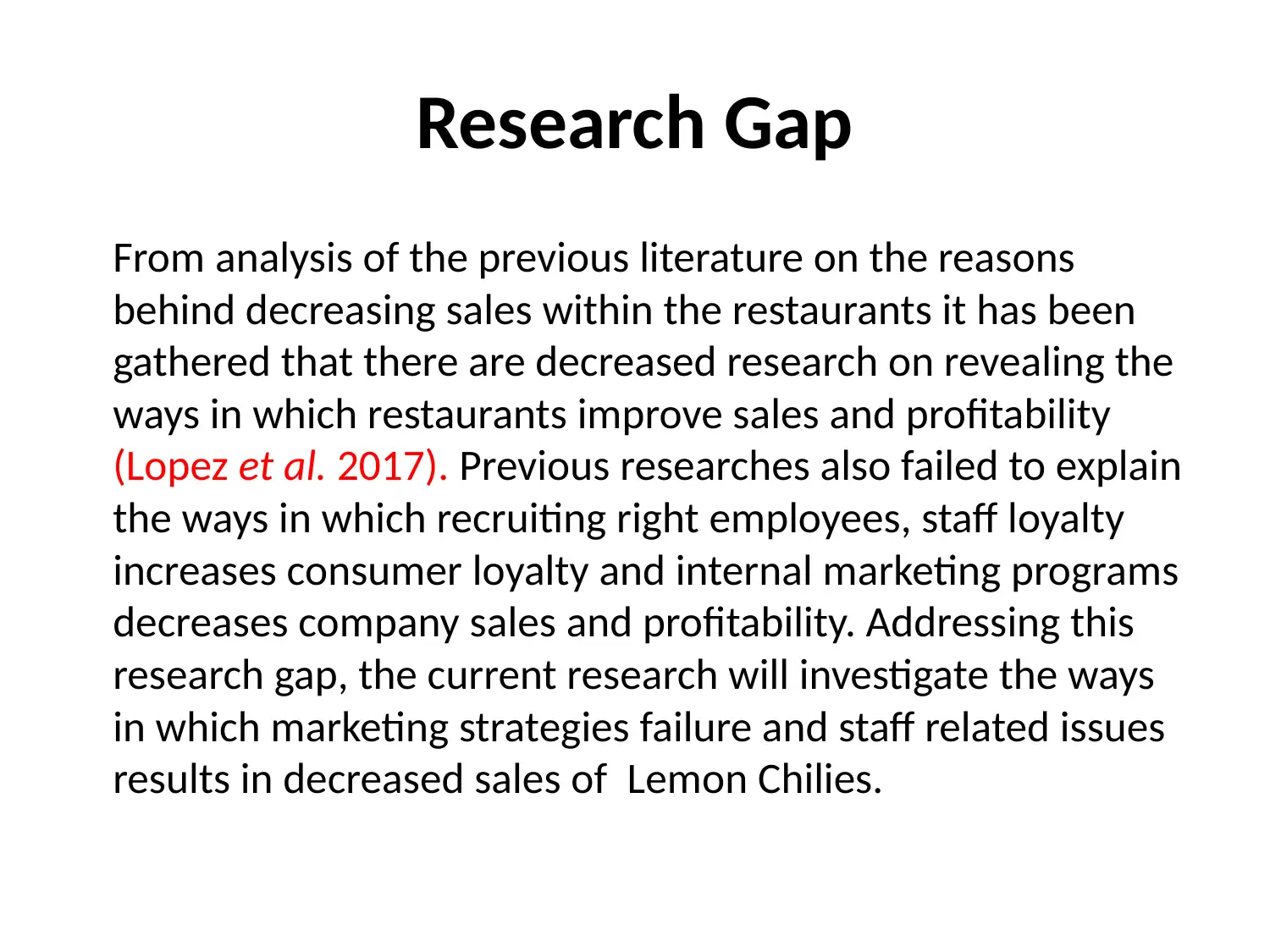
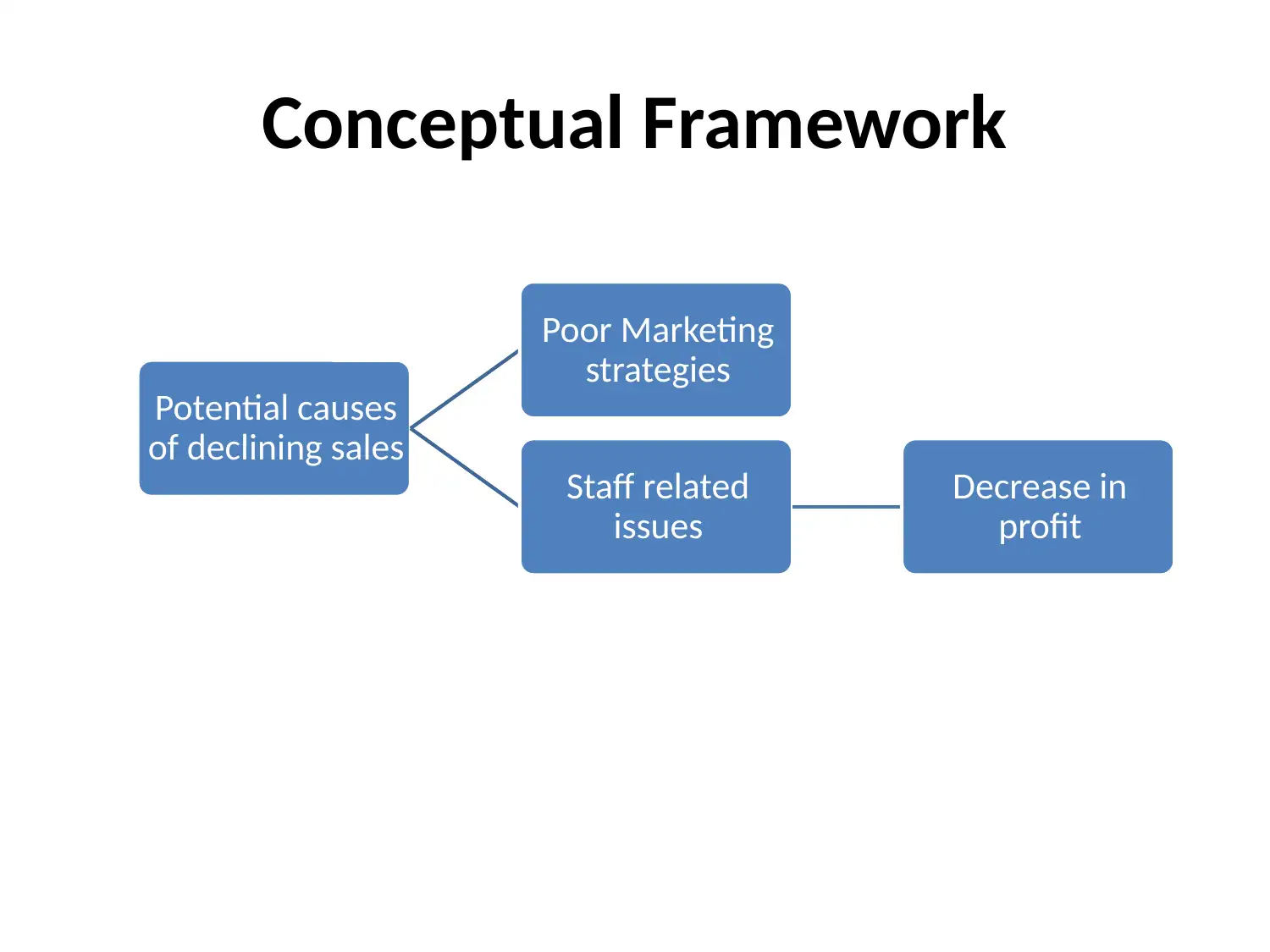
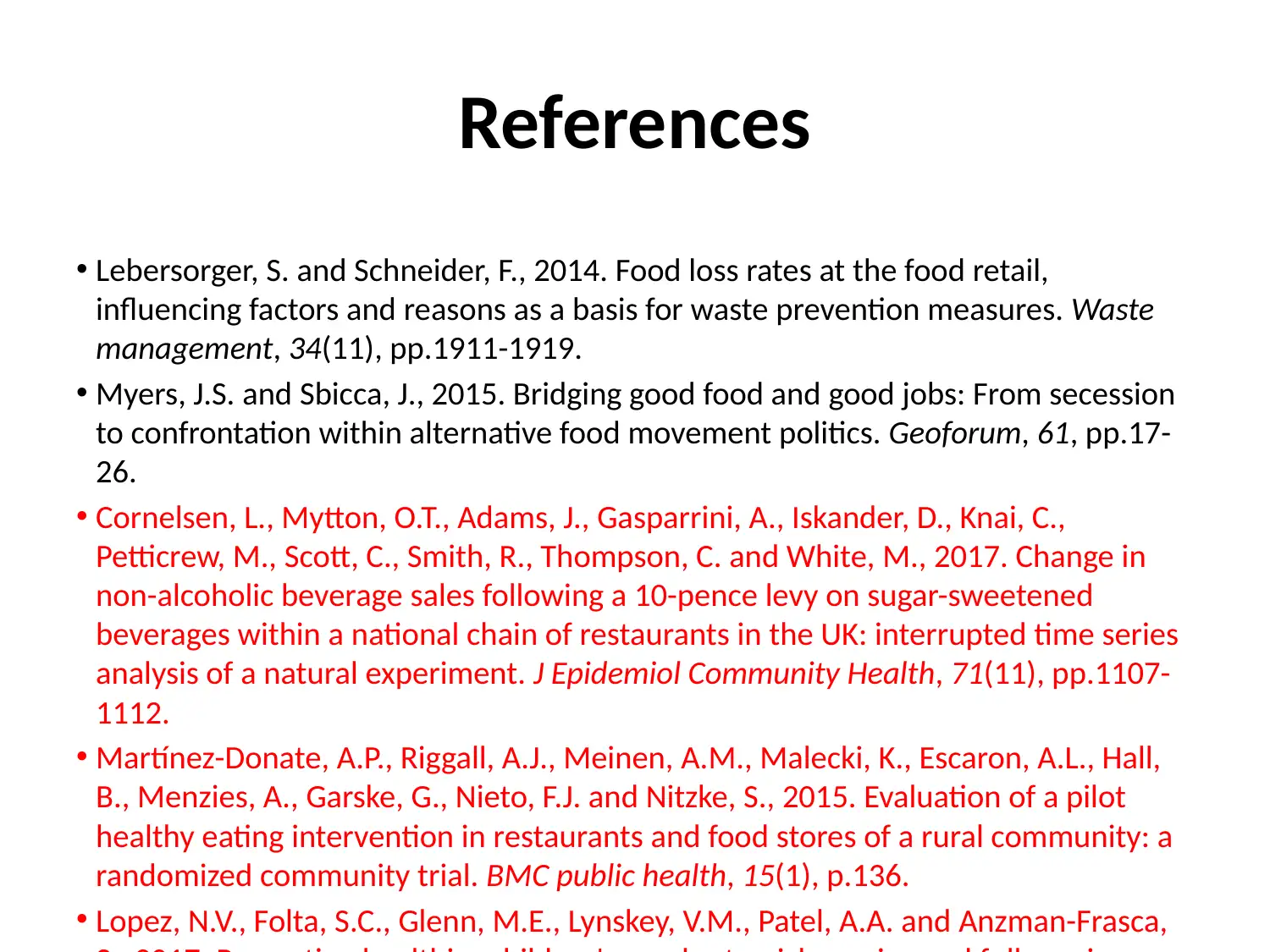

![[object Object]](/_next/static/media/star-bottom.7253800d.svg)